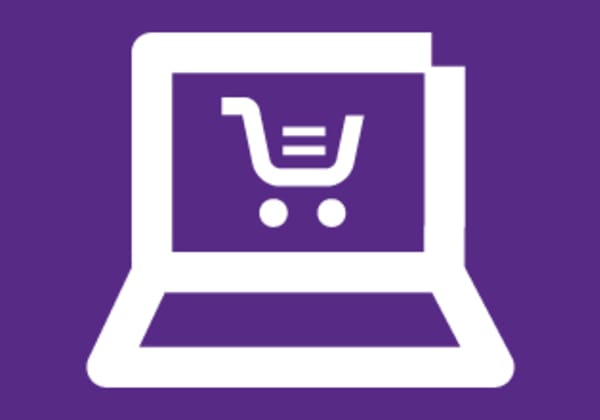Enjoy FREE Delivery for RS business customers
Dear Customer, we have reduced our delivery charges for business customers, you can now enjoy FREE delivery for all orders.
Dear Customer, we have reduced our delivery charges for business customers, you can now enjoy FREE delivery for all orders.
/Campaign/year%20end%20sale%202025/Year_End_Sale_833x420.png)
/Homepage/hero-1_3-block%20-%20407%20(w)%20x%20420%20(h)/AIML_-_2nd_homepage_407_x_420_px.png)

/Homepage/Skinny%20banner%20(2512%20x%20430)/Local_Stock-5120x600_1.jpg)

View more about our current campaigns and find the latest information supporting your industry.
/Campaign/hot%20campaign/nexperia.png)
High efficiency diodes, transistors, and logic ICs — trusted by engineers worldwide.
/Campaign/pneumatic/web_block_300x210.png)
Top-brand pneumatic & hydraulic pressure gauges for fluid power machine setup and monitoring.

Help reduce your supplier base while cutting purchase-to-pay costs and freeing up valuable time.